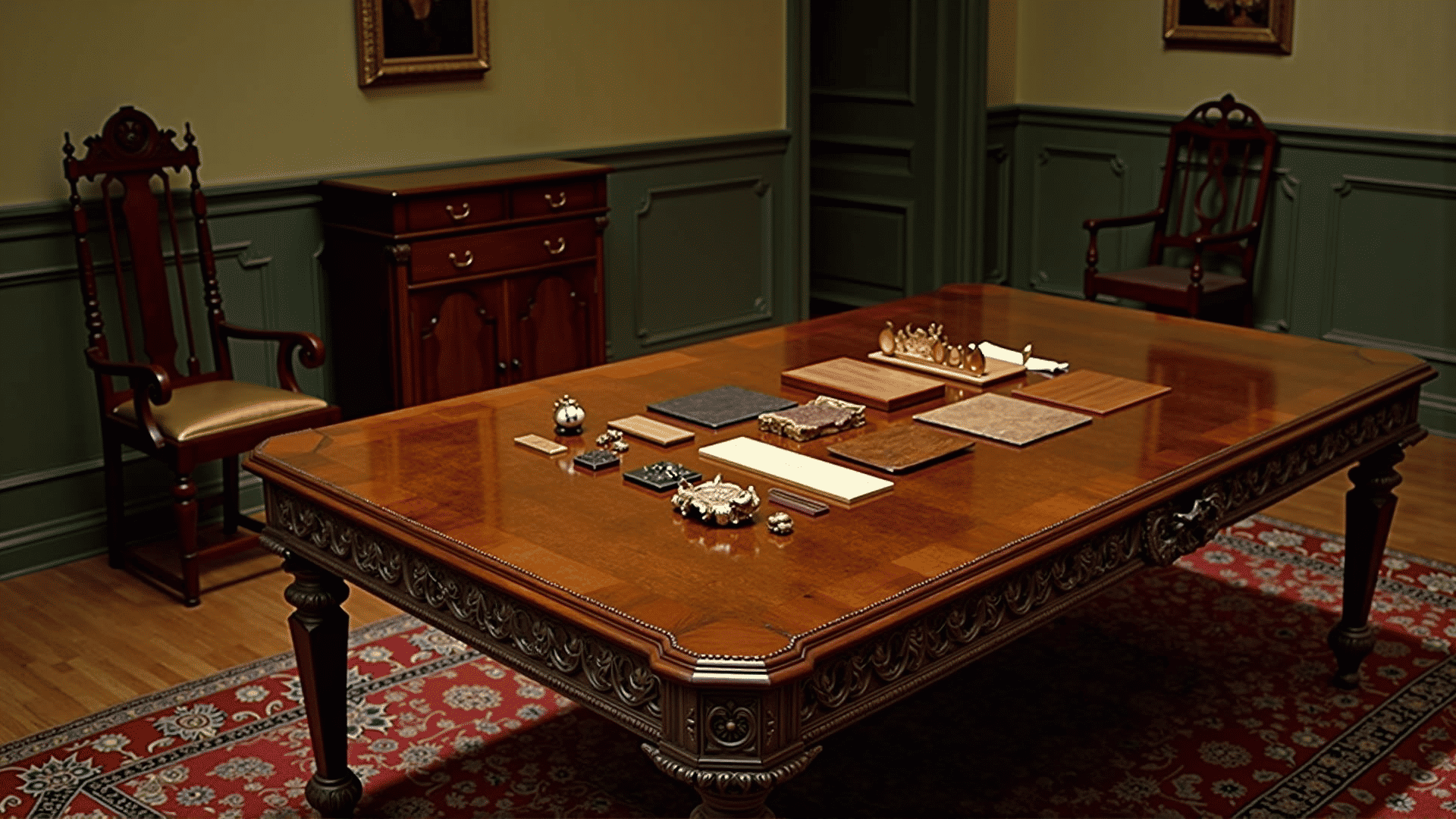Throughout history, the evolution of furniture design has been significantly influenced by the materials available to societies, as well as their cultural priorities and aesthetic sensibilities. Each era has left its distinct mark on furniture, showcasing not only artistry but also the pragmatic use of resources.
In ancient Egypt, the use of locally sourced wood and reeds led to the creation of minimalist yet elegant furniture pieces. The scarcity of wood made furniture accessible primarily to the elite, who adorned these pieces with gold leaf and ivory as a demonstration of status. Chairs and beds from this period, for instance, were known for their distinct geometry and the addition of intricate carvings and inlays.
During the Middle Ages, the design focus shifted according to the prevalent Gothic and Romanesque styles. The extensive use of oak, which was abundant and durable, gave furniture a robust appearance. This period also saw the emergence of large, imposing pieces such as chests and long tables, reflecting the communal lifestyle prevalent during that time.
The Renaissance era ushered in an increased appreciation for classical art and culture, influencing furniture to become both functional and a medium for artistic expression. Walnut became a favored material, prized for its fine grain and ability to showcase elaborate carvings and intricate details. The focus on aesthetics was accompanied by advances in joinery techniques, which allowed artisans to create more complex and refined designs.
The Baroque period further expanded the boundaries of design with ornate and extravagant furnishings that highlighted the wealth and power of the upper classes. The lush curves and dramatic flourishes of the period were crafted using luxurious woods like mahogany and embellished with veneers of rare and exotic materials, reflecting the global exchange routes of the time.
The 18th century ushered in the Rococo style, where the emphasis shifted towards comfort and personalized elegance. Lighter woods such as cherry and maple allowed for greater mobility of pieces, aligning with the evolving social customs of the period. This era was characterized by asymmetrical forms and intricate marquetry, showcasing the detailed craftsmanship that flourished under this style's influence.
With the Industrial Revolution came a significant transition in materials and production techniques. The adoption of steam-powered machinery allowed for mass production and the wider availability of furniture. Cast iron replaced wood in many applications, especially in public settings, offering both weather resistance and a new industrial aesthetic that would greatly influence modern design.
In the 20th century, the rise of modernism brought a departure from ornate designs towards minimalism and functionalism. Materials like steel, glass, and molded plywood revolutionized furniture design, emphasizing clean lines and the integration of form with function. Iconic designs from this era often feature these industrial materials, reflecting a societal shift towards simplicity and efficiency.
Today, furniture design continues to be shaped by both technological advancements and environmental considerations. The use of sustainable materials such as bamboo and recycled plastics reflects a growing awareness of ecological impact, emphasizing harmony between design and nature.
In every era, the choice of materials has been a reflection of technological capabilities, cultural values, and the dynamic interplay between function and artistry. As we continue to innovate, the materials of today will inform the historical narrative of furniture design for future generations, celebrating both our creativity and our resourcefulness.
